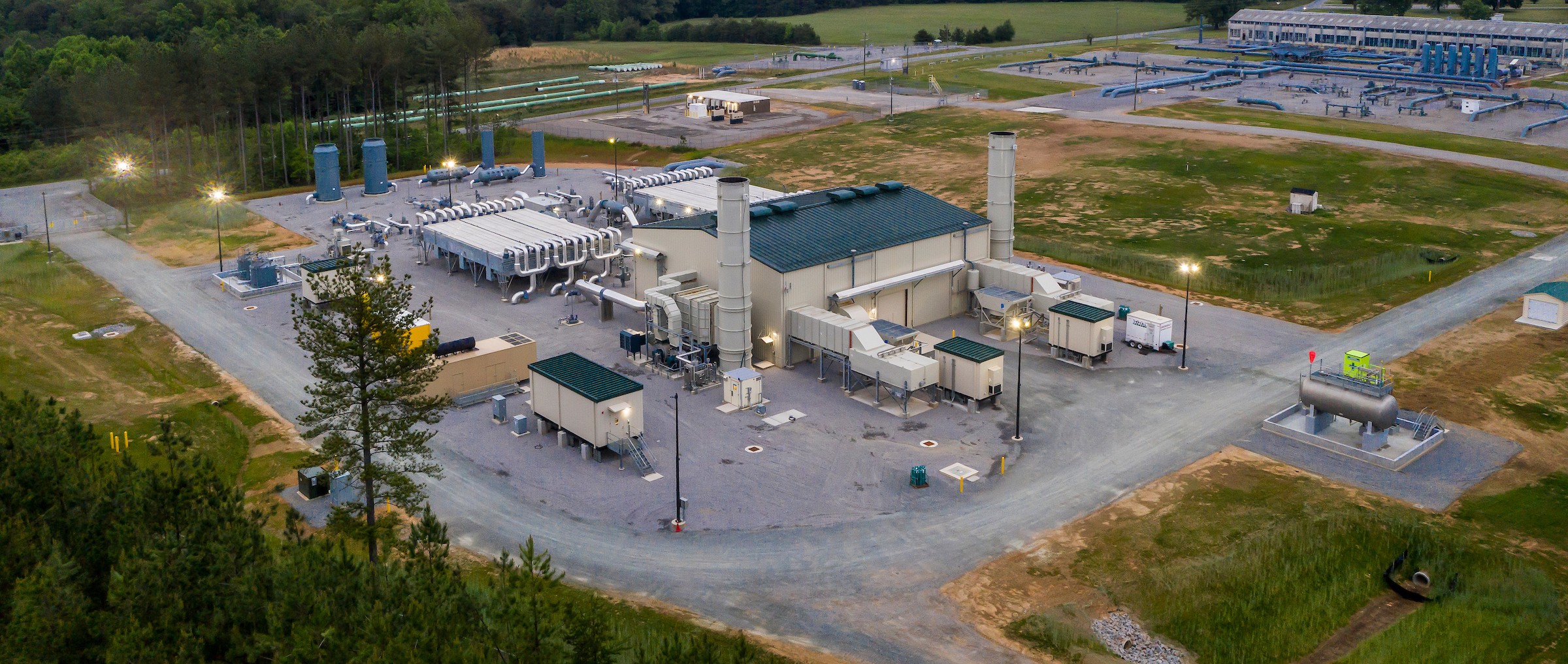QMRV stands for quantification, monitoring, reporting and verification. The natural gas industry is using advanced technology in this process to get a more detailed view of emissions across the value chain.
Historically, industry has estimated emissions by aggregating data from counts of individual pieces of equipment and application of calculated EPA or ONE Future emissions factors. This factor-based reporting can lead to overcalculating or underestimating emissions.
A thorough QMRV program adds several layers of “top down” emissions monitoring technology – including on-site monitors, drones, aircraft and satellites – to improve data accuracy and enhance timely clean energy supply and delivery. QMRV is key to finding opportunities to reduce emissions.
Williams is currently developing a QMRV program to better pinpoint emissions and make reduction efforts quantifiable. The program will deploy a suite of advanced quantifications and monitoring technologies to supplement the current industry standard of factor-based reporting, including this recent Satellite monitoring partnership announcement. Williams will also utilize an industry leading data fabric system through Context Labs to support the asset-based reporting and independent verification of the emissions.
“The goal of our QMRV strategy is to generate data that will ultimately allow Williams to provide customers with transparency into the emissions profile of a particular gathering or transmission pathway, including those with the lowest carbon profiles – also known as responsibly sourced natural gas,” said Brian Vogt, Director of Williams New Energy Ventures. “This is a critical step in helping Williams and our customers meet their climate goals and provides the proof points that demonstrate the important role natural gas will play meeting in the clean energy future.”
In addition to building its own QMRV program, Williams recently announced it will collaborate with Cheniere Energy, Inc., the University of Texas, Colorado State University and others on a QMRV research project involving Williams’ Transco pipeline, the nation’s largest-volume natural gas transmission system. This collaboration builds on other strategic partnerships Williams has formed with methane science organizations and technology providers for top-down QMRV of our assets. Partnerships include those with GTI, through their Veritas initiative, and the Collaboratory for Advancing Methane Science (CAMS). Williams also is a member of the ONE Future coalition, a group of Natural Gas companies working together to voluntarily reduce methane emissions across the natural gas value chain.
ESG
QMRV Research Focuses on Transco
Williams is collaborating with Cheniere Energy, Inc., as well as other natural gas midstream companies, methane …


